Mr. Bowling Ball Arborvitae
$44.50 Original price was: $44.50.$31.15Current price is: $31.15.
- Free Shipping over $25
- Fast & reliable delivery options
- Enjoy top quality items for less
- Multiple safe payment methods

Everyone loves those perfect round balls of green in the garden or in planters, but boy, do they take a lot of careful and regular clipping to develop and keep in perfect shape. At least they used to. Not anymore, because if you love round, but hate clipping, meet Mr. Bowling Ball™, the roundest and neatest evergreen you can imagine, who does it naturally, with no clipping required. Yes, literally as round as a bowling ball, this spherical shrub has soft, ferny foliage, and it always looks perfect for that neat, neat look.
Grow a pair in two pots to frame an entrance or use four to emphasis the corners of a terrace. Plant some among small shrubs or other evergreens of different shapes and forms to add a unique touch. Plant a row for a novel low hedge that needs no clipping, but always looks perfect. Whatever way you choose to use this versatile and remarkable plant, you are going to love having Mr. Bowling Ball™ in your garden – and your children will love him too.
Growing Mr. Bowling Ball™ Arborvitae Shrubs
Mr. Bowling Ball™ Arborvitae, to give him his full name, is a dense evergreen shrub, with fine, ferny foliage, which grows completely naturally into a round green ball, remaining as wide as it is tall for its entire life. It has foliage to the ground, and it sits as a perfect green ball in your garden, or in a planter. It grows steadily larger and larger, keeping its round shape all the time. In about 10 years it will be around 3 feet tall and 3 feet in diameter, and it will add an inch or two every year that it lives. Older plants can be trimmed, if you wish, to keep them small, and to give you the densest possible structure. Pests and diseases are normally never a problem, and with no clipping needed, this has got to be the easiest plant on the planet for making a neat round evergreen ball in your garden.
Hardiness and Planting Location
Mr. Bowling Ball™ Arborvitae is very hardy, living happily even in zone 3, where temperatures can fall to minus 40 degrees on a winter’s night. It also grows happily in warmer zones, thriving all the way into zone 8. In cooler states it will grow best in full sun, but in warmer areas morning sun and afternoon shade, or light partial shade, is preferred to prevent any possibility of the foliage scorching. It prefers a rich, moist but well-drained soil, so dig some organic material into the ground – such as compost or peat moss – when preparing your planting spots. Some spring mulch is also beneficial, to preserve moisture and keep the soil cool, but be careful not to bury the foliage at all. Mulching and extra water are especially useful in hotter states, but in cooler areas this plant will grow easily with just the most minimal care.
History and Origins of the Mr. Bowling Ball™ Arborvitae
Mr. Bowling Ball™ Arborvitae is a selected form of the American arborvitae, Thuja occidentalis, also called white cedar. This tree grows wild across all the north-east, and right up into Canada, and it can be seen growing along the edges of forests and in wet-lands. The name arborvitae means ‘tree of life’, because the Native Americans taught sailors and early settlers to make a tea from the leaves in winter. That tea is rich in Vitamin C, and many new settlers avoided the devastating effects of scurvy by drinking it. Wild trees are narrow and upright, and usually grow 30 to 60 feet tall.
This tree has been grown for hedges and in garden for a very long time, and there are many different garden forms, including the famous Emerald Green Arborvitae, a top hedging plant for cold areas. Sometimes plants of the American Arborvitae produce strange growths of dense, twiggy branches, called witch’s brooms. These are seen from time to time, mostly on evergreen conifers, and back in the 1980s a nurseryman and keen collector of evergreens called Joe Stupka found such a growth on an arborvitae growing in the Linesville Cemetery, in Pennsylvania. It was almost dead, but by using his skills to take special care of it he was able to not only keep it alive but have it grow roots and develop as a healthy little plant. He called it ‘Linesville’. It was distributed among collectors, and one of them, Joe Zampini of Lake County Nursery, Perry, Ohio, at some point decided to give it another name, ‘Bobazam’, which he later registered with the trademark name, Mr. Bowling Ball™.
Our plants are grown by experts under license from Mr. Zampini, and they take stem pieces and root them, to ensure perfect genetic continuity, which seeds would never give. Since everyone wants perfect round green plants in their garden, and no-one wants to clip them, Mr. Bowling Ball™ is getting a big reception in gardens everywhere. Our stock will soon be gone, so don’t hesitate, order now.
Be the first to review “Mr. Bowling Ball Arborvitae” Cancel reply
Related products
Evergreen Trees
Cypress Trees
Evergreen Trees
Evergreen Trees
Evergreen Trees
Evergreen Trees
Evergreen Trees
Arborvitae Trees

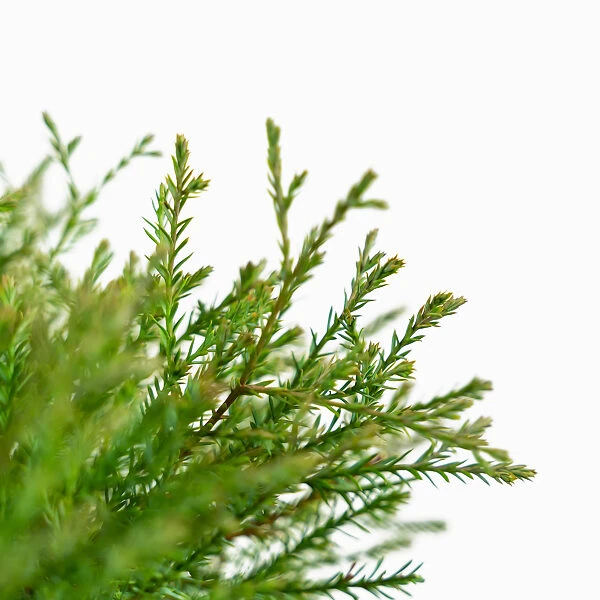
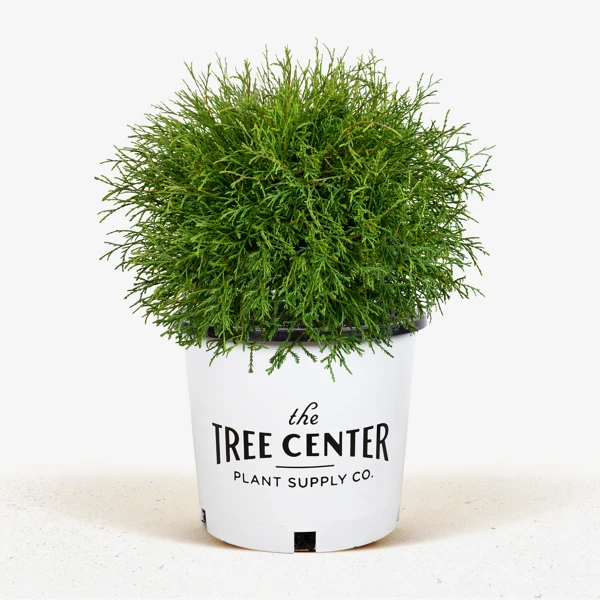
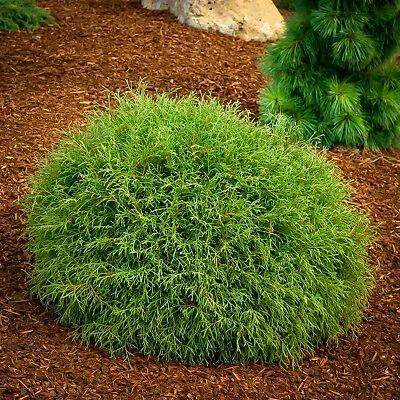
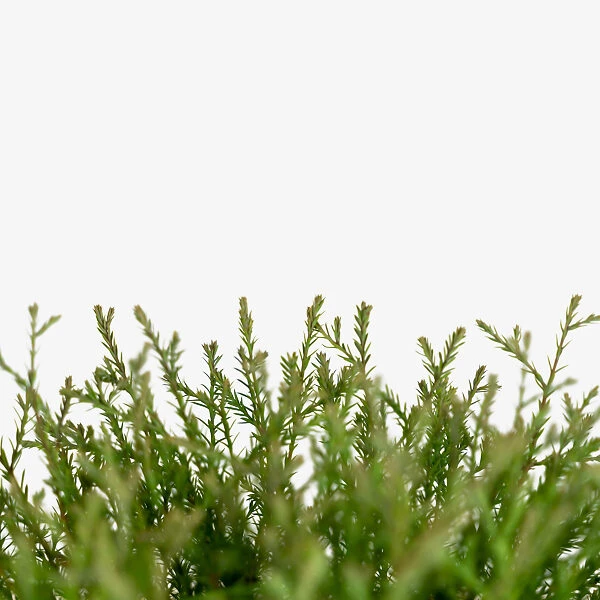
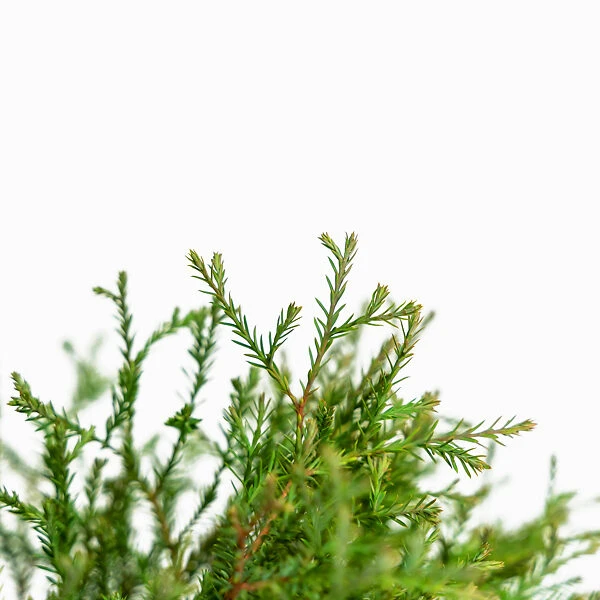
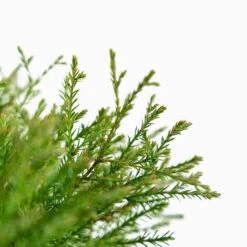
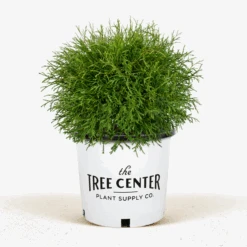
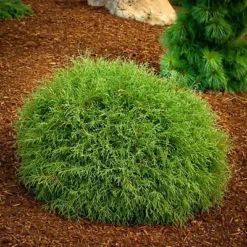

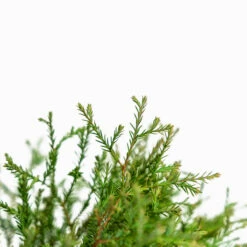
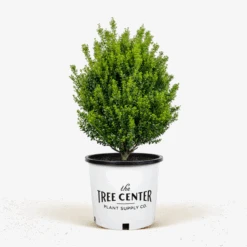

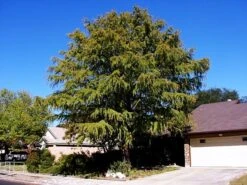

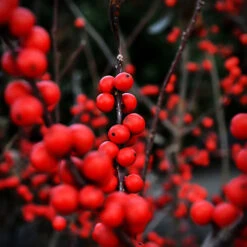

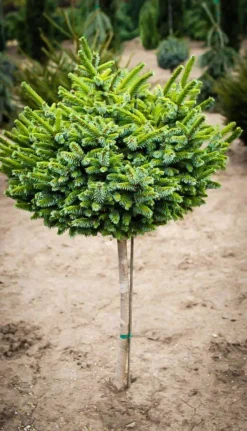
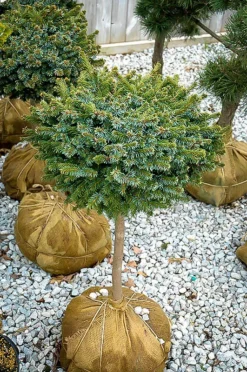



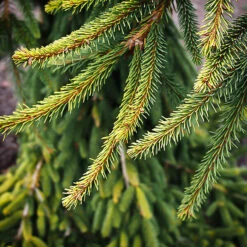
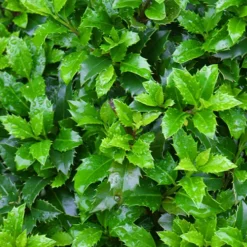


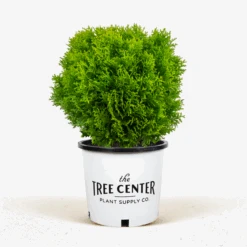
Reviews
There are no reviews yet.